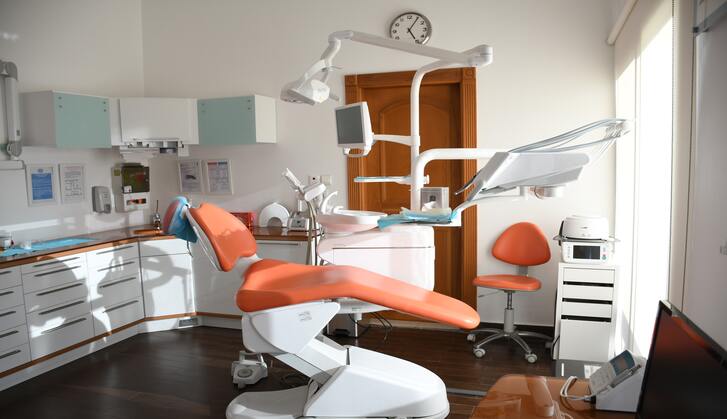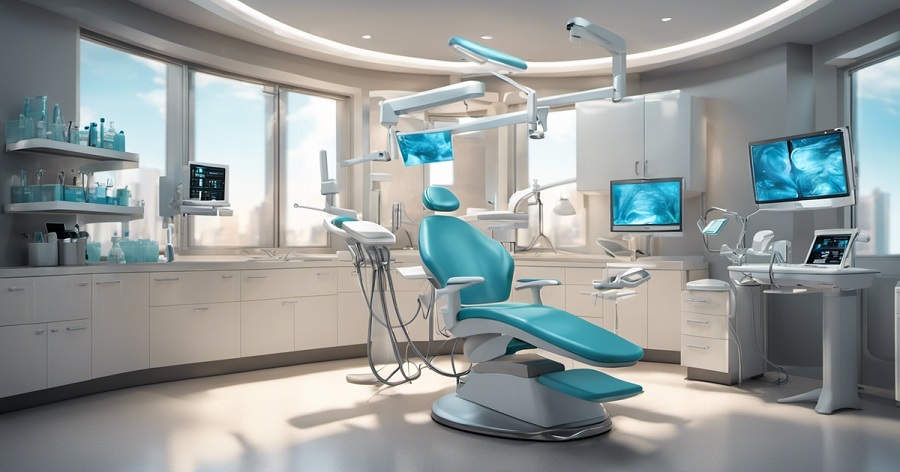Family Dentist Lakeshore: Tailored Take Care Of Your Loved Ones' Unique Needs
Family Dentist Lakeshore: Tailored Take Care Of Your Loved Ones' Unique Needs
Blog Article
Understanding the most recent Advancements in Dental Care and Their Influence on Patient Care
The landscape of dentistry is undergoing a transformative change, driven by developments such as electronic imaging technologies, 3D printing, and minimally intrusive techniques. These innovations not just maximize diagnostic and therapy protocols but additionally enhance the total individual experience by promoting clearer communication and instant outcomes. The surge of tele-dentistry is linking spaces in access to care, specifically for underserved neighborhoods. As these advancements unravel, it ends up being important to think about how they improve patient connections and impact decision-making in oral health monitoring. What implications might these adjustments hold for the future of dental care?
Digital Imaging Technologies
In current years, digital imaging modern technologies have actually revolutionized the area of dentistry, boosting analysis capabilities and therapy preparation. These improvements include techniques such as digital radiography, intraoral cams, and cone-beam computed tomography (CBCT), which use exceptional photo top quality and lowered radiation direct exposure compared to typical imaging methods.
Digital radiography gives instant imaging outcomes, permitting dental professionals to identify and resolve oral concerns extra successfully - Dental Implants Belle River. Intraoral video cameras allow thorough visualization of the oral tooth cavity, assisting in much better interaction with patients regarding their oral health and wellness. By providing high-resolution images, dental specialists can properly discuss treatment alternatives and inspire patients to go after required care
Cone-beam computed tomography (CBCT) has further transformed the landscape by providing three-dimensional imaging, which is important for complicated cases such as implant preparation and orthodontics. This innovation permits specific physiological evaluations, significantly enhancing the accuracy of analysis and therapy procedures.
3D Printing Developments

Furthermore, 3D printing has promoted the creation of detailed dental versions that help in treatment planning and client education and learning. These designs provide a tangible depiction of complicated oral concerns, promoting far better interaction between patients and dental professionals - Cosmetic Dentistry Belle River. Furthermore, improvements in biocompatible products have actually increased the prospective applications of 3D printing in dental implantology, allowing the manufacturing of tailored implants tailored to individual anatomical demands
Additionally, universities are progressively embracing 3D printing for training functions, allowing trainees to practice on reasonable designs that reproduce numerous clinical scenarios. Overall, the combination of 3D printing developments in dentistry is not just improving procedures however also enhancing the high quality of treatment offered to patients, noting a considerable jump onward in the field.
Minimally Intrusive Methods
The evolution of dental care is progressively defined by an emphasis on minimally invasive strategies, which prioritize patient convenience and preservation of natural tooth framework. These techniques aim to lower the demand for extensive drilling and intrusive procedures, consequently improving the general patient experience and end results.
Minimally intrusive techniques encompass numerous methods, including air abrasion, laser dentistry, and the use of biocompatible materials. find here Air abrasion permits the removal of decay making use of a stream of fine particles, reducing damages to bordering healthy cells. Laser dentistry utilizes concentrated light power to treat dental caries and gum tissue illness with precision, commonly leading to less discomfort and faster healing times.
Furthermore, developments in sticky dental care allow more powerful bonds between dental products and natural tooth structure, helping with effective reconstructions while maintaining even more of the original tooth. This not only strengthens the durability of oral job but also sustains the aesthetic honesty of clients' smiles.
As these methods remain to advance, they hold the promise of boosting client treatment by decreasing anxiety, lessening recovery times, and advertising much better long-lasting dental health. Inevitably, the shift in the direction of minimally intrusive dental care represents a considerable advancement in the field, aligning with modern-day medical care worths.
Tele-Dentistry Expansion
Tele-dentistry has actually emerged as a transformative force in the oral market, boosting access to care and enhancing patient-provider interactions. This ingenious technique utilizes digital communication technologies to promote remote assessments, diagnosis, and treatment preparation, efficiently connecting geographic obstacles and reducing the requirement for in-person visits.
The development of tele-dentistry has been specifically helpful for underserved populaces, where oral treatment access is typically minimal. With digital visits, patients can obtain timely examinations and guidance without the logistical challenges of traveling to an oral workplace. find this Furthermore, tele-dentistry makes it possible for oral professionals to handle follow-up care a lot more efficiently, permitting for continual monitoring of treatment progression.
As innovation continues to advance, the potential for tele-dentistry to enhance patient education and learning and preventive treatment procedures will only expand, fostering a proactive strategy to dental wellness monitoring. Ultimately, tele-dentistry represents a substantial development in the dental area, aligning with modern health care needs and person expectations.
Enhancing Patient Relationships
Structure strong patient partnerships is necessary in modern-day dental care, as it cultivates count on and motivates open communication in between dental professionals and their clients. This connection is fundamental for delivering personalized care and boosting treatment results. As advancements in modern technology, such as tele-dentistry, proceed to improve the dental landscape, the focus on person connections is more important than ever.

Additionally, the assimilation of patient education into assessments can debunk oral procedures, equipping clients to make enlightened choices about their dental health. This strategy not only grows count on but also encourages adherence to treatment plans, eventually causing much better health and wellness outcomes.
Verdict
The most recent advancements in dentistry, including electronic imaging modern technologies, 3D printing, minimally invasive strategies, and the expansion of tele-dentistry, dramatically enhance client treatment. Eventually, these growths empower patients, equipping them with the needed expertise to make informed decisions concerning their therapies and overall dental wellness.
By providing high-resolution pictures, dental specialists can properly explain therapy alternatives and encourage patients to pursue essential care.
By using electronic perceptions in conjunction with 3D printing, oral professionals can substantially reduce turn-around times, allowing for same-day therapies that enhance person complete satisfaction.
In addition, 3D printing has facilitated the development of intricate dental versions that aid in therapy preparation and individual education and learning.Structure strong patient relationships is important in modern-day dental care, as it fosters trust fund and urges open interaction between oral professionals and their customers. In addition, utilizing client feedback mechanisms can boost service distribution and person fulfillment, guaranteeing that their voices are listened to.
Report this page